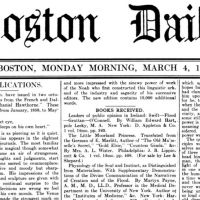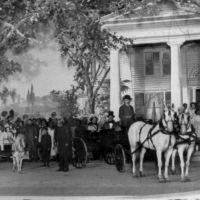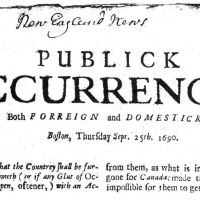Primary Source
The first "Housekeeper's Column," which eventually came to be known as "Confidential Chat."
A CHANCE TO FULFILL THE SCRIPTURE INJUNCTION 'TAKE NO THOUGHT FOR THE MORROW, SAYING, WHAT SHALL WE EAT?' FOR HERE ARE BREAKFASTS, DINNERS AND SUPPERS ALL PLANNED OUT
"Do not laugh when I tell you that one of the most serious perplexities of my everyday life is the daily recurring question, "What shall we have for dinner?" - Quoted from Marion Harland.
Remnant Breakfast
Oatmeal
Minced meat with potato
Graham gems
Coffee
The minced meat with potato is a nice breakfast dish and a good way to use up remaining cold meats left from dinner. Chop fine, season to taste, add a little water and cook a few minutes; then place in a deep dish and cover with seasoned mashed potatoes about an inch thick; rub a beaten egg over the top and set the oven to brown.
A good receipt for graham gems is two cups graham flour, one generous tablespoon sugar, one-half teaspoon salt, one cup water, one of milk, two eggs – yolks and whites beaten separately; have the gem pans well buttered and hissing hot; bake from twenty to thirty minutes in a hot oven.
Boston Globe, May 11, 1884.







